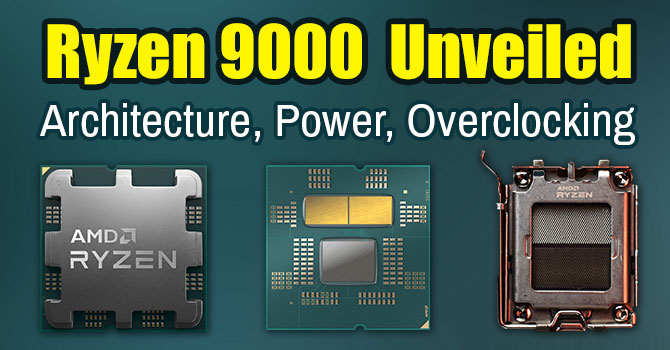- cross-posted to:
- [email protected]
- cross-posted to:
- [email protected]
Zen 5 marks the fifth generation of AMD’s winning Zen series CPU microarchitectures that have turned a once written-off company in the processor market back to competitiveness. It seems like just a couple of years have gone by, but AMD Zen is now into its seventh year, and the company has transitioned two desktop sockets, five chipset series, and seven processor lines. The new Zen 5 microarchitecture powers the new AMD Ryzen 9000 series “Granite Ridge” processors on the desktop, the all important Ryzen AI 300 series “Strix Point” processors on notebooks, and the 5th Gen EPYC “Turin” server processors. AMD is planning to launch the new server processors a little later this year, but has dedicated Summer 2024 to its client segment—desktops and notebooks.
The new Zen 5 microarchitecture builds on AMD’s proven CPU core technology, and doesn’t try anything fancy like its generational counterpart from Intel, the Lion Cove P-core used on Arrow Lake. Zen 5 still brings a double-digit percentage IPC gain over the previous generation, and introduces several efficiency improvements over Zen 4 thanks not just to its newer 4 nm process, but also a host of other innovations. AMD was able to increase clock speeds, and lower TDP across the desktop processor lineup, while still achieving good performance gains.
This article gives some insight on what Zen 5 is all about on desktop and PC. Personally I’m intrigued about how RYZEN AI 300 will perform, and how the availability will be, especially on the Mini PC side.



